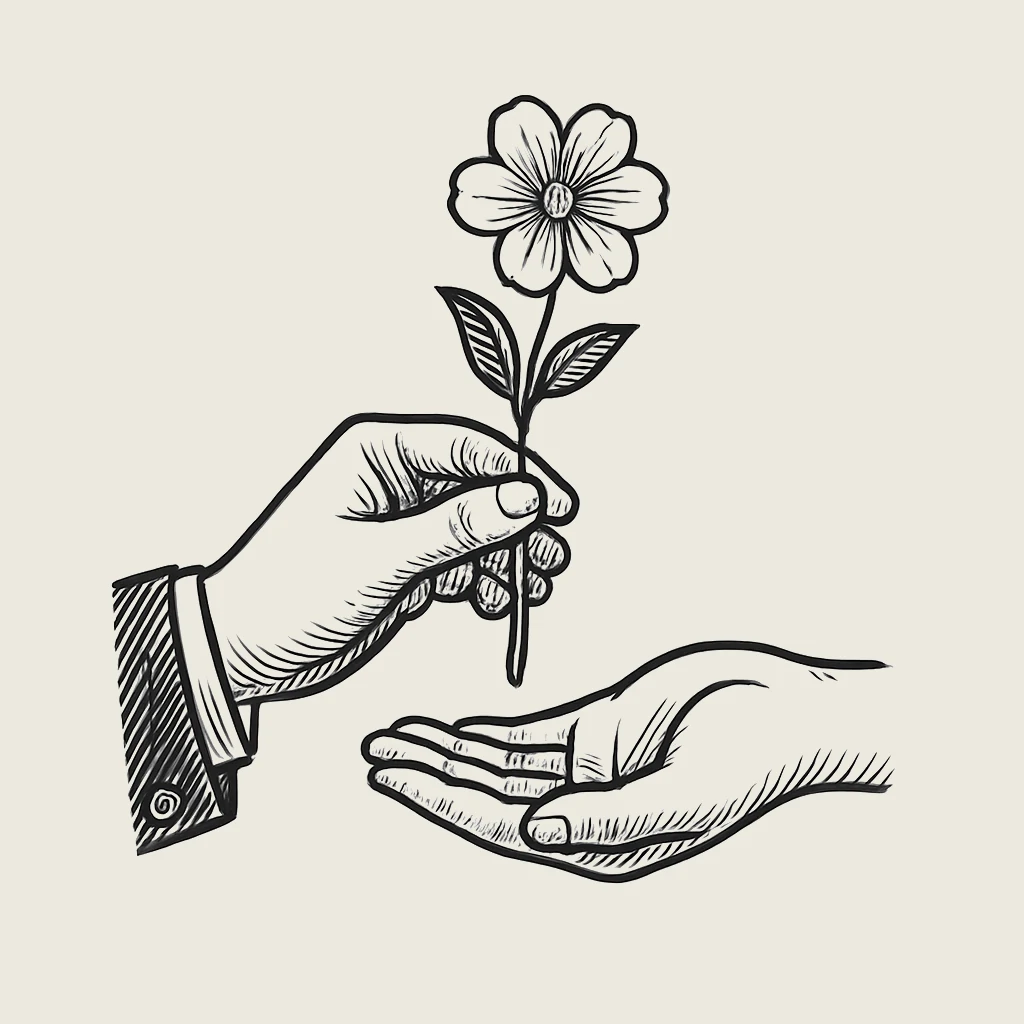What Women Are Buried In: Funeral Clothing Rules and Traditions
Main Requirements for Women's Funeral Clothing
Choosing clothing for a deceased woman is not just a formality, but an important part of the farewell ritual that reflects respect and honor for her memory. The attire should align with traditions, cultural norms, and the somber atmosphere.
Calm, subdued colors are most often chosen—black, gray, brown, as well as soft pastel shades such as beige, gray-blue, and pale pink. These colors emphasize the delicacy of the moment and create a sense of peace.
Properly selected clothing helps express love and respect, preserving a dignified and bright image of the deceased in the memory of loved ones.
What Footwear Should Be Used for a Woman’s Funeral
Special attention should be given to the shoes chosen for a woman’s burial. Suitable footwear includes slippers or low-heeled shoes without decorations. The shoes should be closed, simple, and modest. Bright or flashy shoes are not appropriate, as they contradict ritual tradition. The main rule is modesty and the absence of unnecessary details.
What to Include in a Woman’s Funeral Clothing Set
When preparing a funeral clothing set for a woman, several important elements should be considered. It usually includes:
- underwear;
- stockings or tights;
- a closed dress or a suit with a long skirt and sleeves;
- a headscarf or shawl;
- closed shoes.
All clothing elements must be clean and neat. New clothing is not mandatory, but cleanliness is a must.
Specifics of Clothing for Orthodox Women's Funerals
Orthodox traditions have specific requirements for the clothing in which women are buried. In Orthodoxy, the deceased is dressed in fully covering clothing, concealing the arms, legs, and neck. A key attribute is a headscarf or shawl that covers the head. For unmarried girls, white clothing is traditionally chosen. Minimal makeup is allowed, only to give the face a natural look. Bright colors and flashy styles are prohibited.
What to Bring to the Morgue for Body Preparation
When preparing the deceased woman's body for burial, some hygiene items should be brought to the morgue—soap, a towel, and a comb. These items are used to prepare the body before dressing it in funeral clothing.
What Is Placed in the Coffin with the Deceased
Personal belongings and religious items that were significant in the woman's life are often placed in the coffin. These usually include a pectoral cross, icons, and printed prayers.
These personal items are placed to ensure the spiritual peace of the deceased and as a sign of respect for her life. It is strongly discouraged to place bright jewelry or items that do not align with the ritual atmosphere of the funeral.
Frequently Asked Questions About Women's Funeral Clothing
There are several common questions regarding funeral clothing for women:
Is it acceptable to bury a woman in trousers? Orthodox tradition does not approve of burying women in trousers; a dress or skirt is customary.
Does the clothing have to be new? No, the main requirement is that the clothing is clean and neat.
Can the wedding ring be left on? Yes, it is permitted to leave the wedding ring on the deceased woman’s finger; this is a common tradition.
Conclusion
Choosing appropriate funeral clothing for women plays an important role in respecting cultural and religious traditions. The key is to show respect for the deceased and create an atmosphere of dignified farewell. By following simple and clear rules, loved ones can ease this difficult moment and preserve a bright memory of the person.
Read also:




